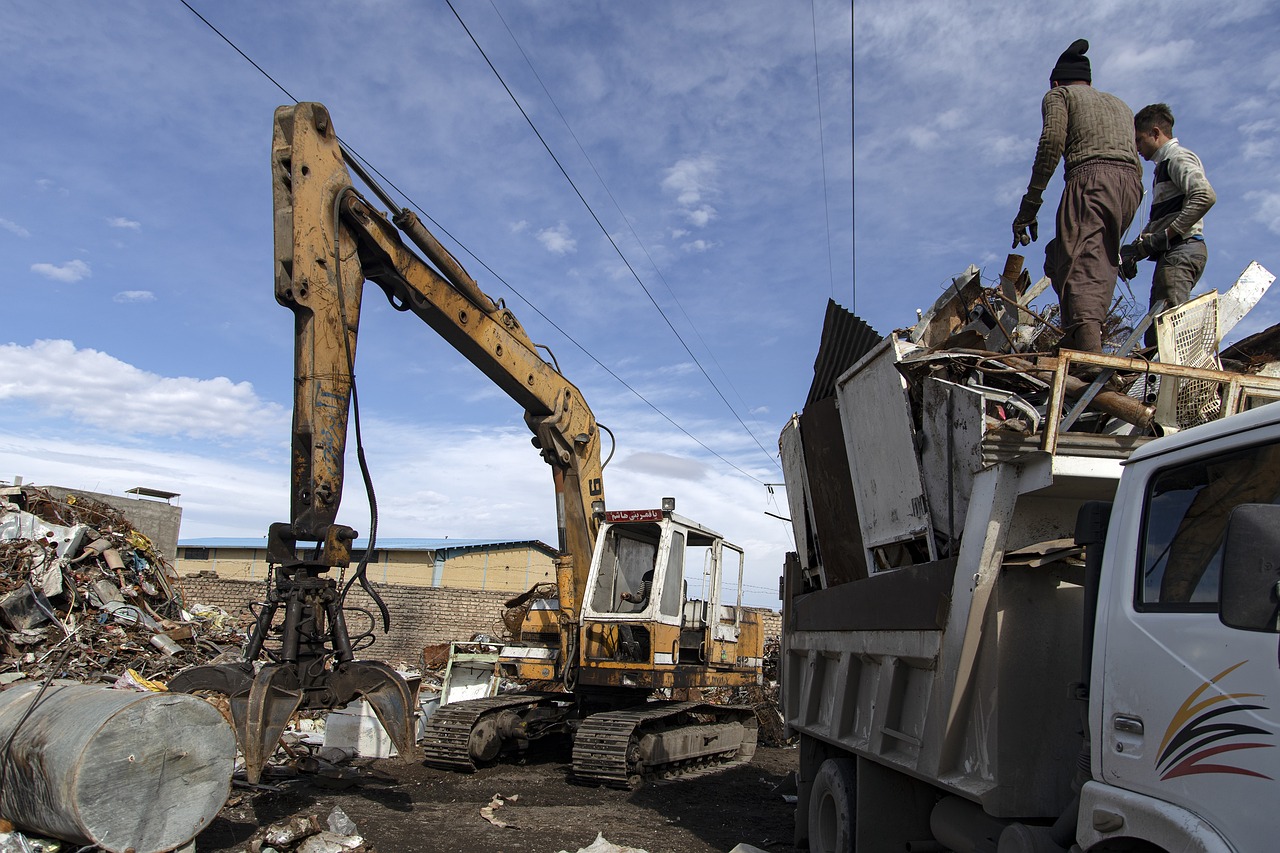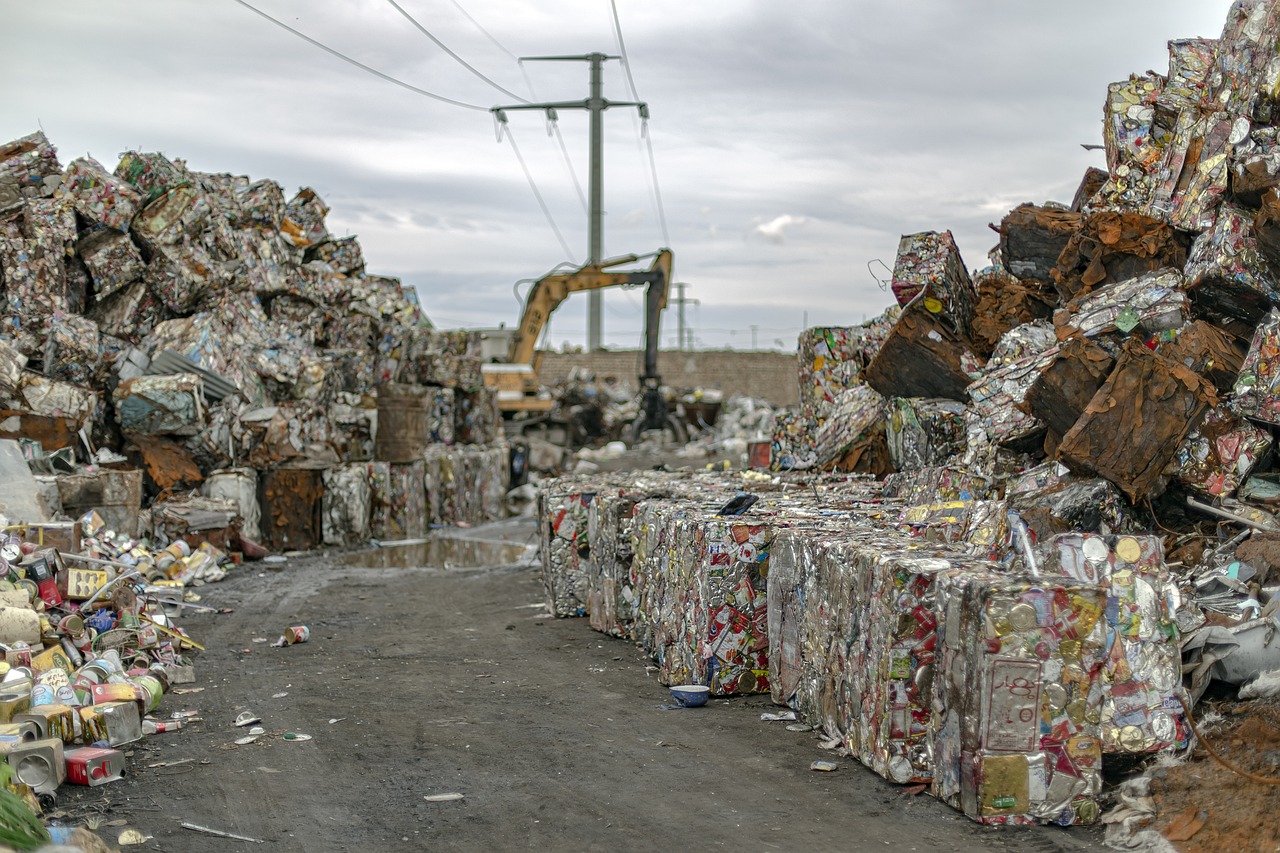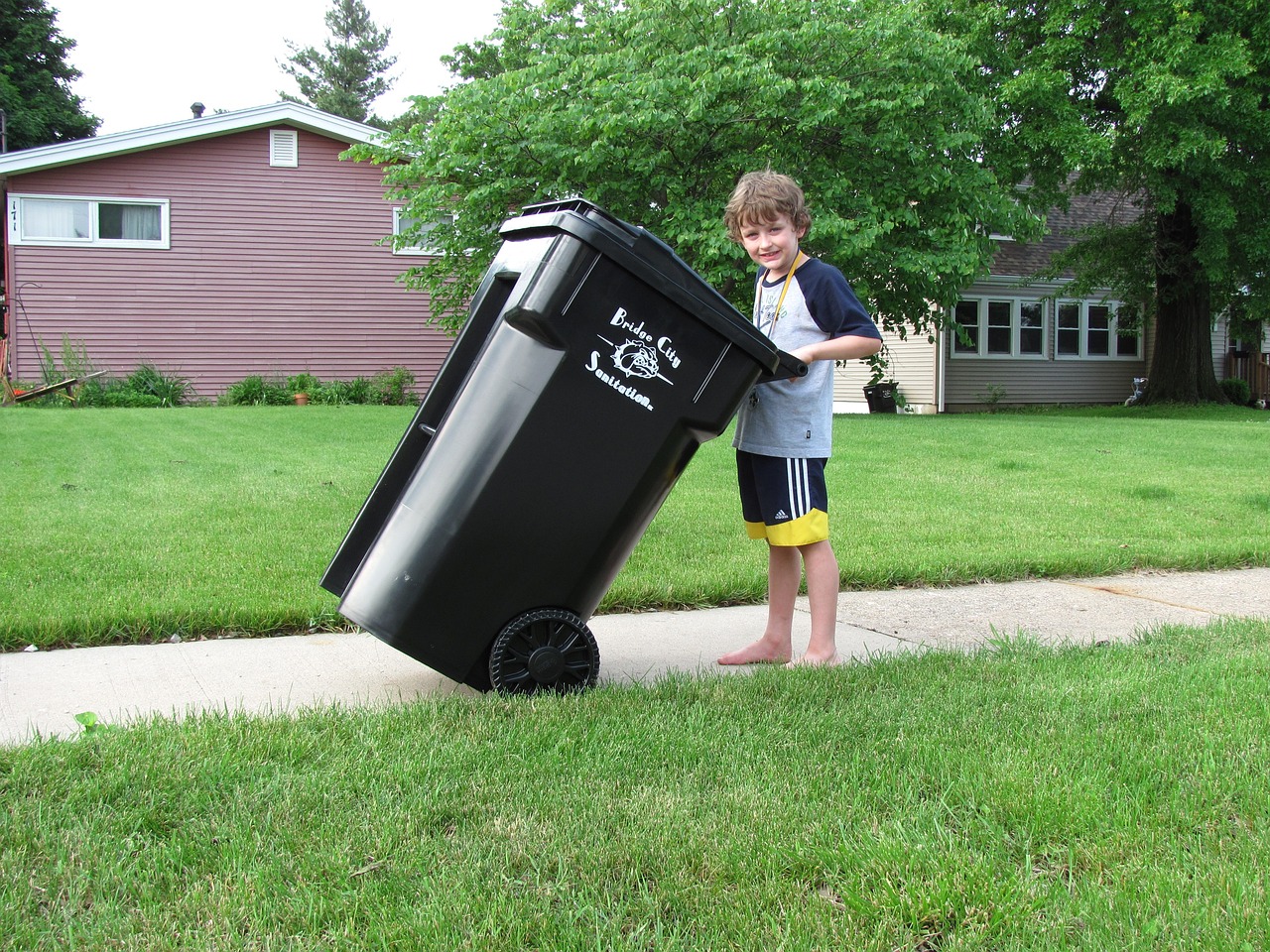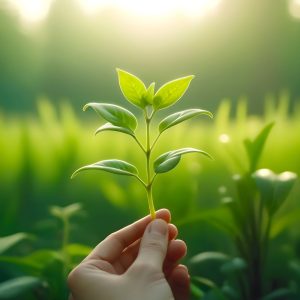In our ever-evolving world of technology, managing electronic waste, or e-waste, has become a critical issue that affects us all. This article, “What Are The Best Practices For Reducing E-waste?”, explores actionable steps we can take to address this pressing problem. We delve into methods such as recycling programs, responsible disposal, and extending the life of our gadgets. Through collective effort and mindful habits, we can make strides toward a more sustainable future and significantly reduce our e-waste footprint. Let’s unlock these best practices together and foster a healthier planet for generations to come. Have you ever wondered what happens to our old gadgets, phones, and computers once we’re done with them? Unfortunately, many of these items end up as electronic waste, or e-waste, which poses serious environmental and health risks. In today’s digital age, where technology evolves at a rapid pace, the issue of e-waste has become more pressing than ever.
Let’s dive into the best practices for reducing e-waste and make a positive impact together!
Understanding E-Waste
Before we explore the practices, it’s important to grasp what e-waste is and why it’s a problem. E-waste comprises discarded electronic devices and components. These range from old cellphones and laptops to refrigerators and batteries.
Why E-Waste is a Problem
E-waste is harmful because it often contains toxic substances like lead, mercury, and cadmium. When improperly disposed of, these toxins can contaminate soil and water sources, posing risks to environmental and human health. Therefore, managing e-waste effectively is crucial for our planet’s well-being.
Best Practices for Reducing E-Waste
To tackle this problem, we can adopt several best practices that collectively make a significant difference. Here are some of the most effective strategies.
1. Extending the Lifespan of Electronics
One of the most effective ways to reduce e-waste is by extending the lifespan of our electronic devices.
Regular Maintenance
Routine maintenance, such as cleaning dust from vents and updating software, can keep our devices running smoothly for longer. This way, we can avoid the need for premature replacements.
Repair Instead of Replace
When a device malfunctions, our first instinct might be to replace it. However, many issues can be fixed through simple repairs. By opting for repair services, we can significantly reduce the volume of e-waste we generate.
2. Recycling Electronics Properly
Proper recycling is critical for minimizing e-waste’s environmental footprint.
Certified E-Waste Recyclers
It’s essential to find certified e-waste recyclers who follow strict standards for safely handling and disposing of electronic waste. These organizations ensure that toxic materials do not end up in landfills.
Manufacturer Recycling Programs
Many electronics manufacturers offer take-back and recycling programs. Participating in these programs ensures that our old devices are recycled responsibly.
| Manufacturer | Recycling Program Description |
|---|---|
| Apple | Offers a trade-in program for old devices, recycling them responsibly. |
| Dell | Provides a free recycling program for any Dell-branded product. |
| Samsung | Has an e-waste recycling program in partnership with various retailers. |
3. Donating or Selling Unused Electronics
Devices that are no longer needed but are still functional can be donated or sold.
Donation
Programs like Computers for Schools and other non-profits accept donations of working electronics. These items are then refurbished and given to those in need, extending their useful life.
Selling
Platforms like eBay, Craigslist, and Facebook Marketplace enable us to sell our old devices. This not only provides them with a second life but also adds some extra cash to our pockets.
4. Choosing Sustainable Products
Being mindful while purchasing electronics can also contribute to reduced e-waste.
Energy-Efficient Devices
Opting for energy-efficient devices marked with ENERGY STAR or EPEAT labels ensures that we consume less power, thereby reducing energy demand and e-waste.
Modular Devices
Modular devices allow us to replace or upgrade individual components instead of the entire device. This design extends the product’s lifespan and minimizes waste.
5. Participating in E-Waste Collection Events
Many communities organize e-waste collection events where we can safely dispose of our unused electronics. Participating in these events ensures that our e-waste is handled properly.

The Role of Policies and Legislation
Government policies and regulations play a crucial role in managing e-waste.
Extended Producer Responsibility
Extended Producer Responsibility (EPR) requires manufacturers to take responsibility for the lifecycle of their products, including the end-of-life stage. This encourages the production of more sustainable and recyclable electronics.
Right to Repair Laws
Right to Repair legislation ensures that consumers and third-party technicians can access the necessary tools and information to repair electronic devices. This helps extend the lifespan of our gadgets and reduces e-waste.
Adopting Eco-Friendly Habits
Minimalism
Adopting a minimalist lifestyle encourages us to think twice before purchasing new electronics. Do we really need that latest model, or can our current device suffice for another year?
Digitizing Documents
Reducing our dependency on printed materials by digitizing documents can minimize the need for electronic storage devices, which ultimately contributes to reduced e-waste.

Impacts of E-Waste Reduction
When we actively engage in e-waste reduction practices, we contribute to environmental protection, conserve natural resources, and create economic opportunities.
Environmental
Proper e-waste management reduces contamination of soil and water bodies, preventing harm to wildlife and ecosystems.
Resource Conservation
Recycling electronics allows us to recover valuable materials like gold, silver, and copper, conserving natural resources and reducing the need for mining activities.
Economic Opportunities
The recycling industry generates employment opportunities in various sectors, from collection and sorting to processing and resale, fostering economic growth.
Frequently Asked Questions
What items can be recycled?
Most electronic items, from small devices like phones and tablets to large ones like refrigerators and TVs, can be recycled. Always check with your local recycler to confirm which items are accepted.
How do I find a certified e-waste recycler?
You can find certified e-waste recyclers through directories like e-Stewards or the R2 Directory. These platforms list facilities that adhere to stringent recycling standards.
Is it safe to donate my old electronics?
Yes, but ensure you wipe all personal data before donating. Many organizations provide guidelines for data removal to protect your privacy.

Conclusion
Reducing e-waste is a collective responsibility that requires us to be conscious consumers. By extending the lifespan of our devices, recycling properly, and supporting sustainable practices, we can make a significant impact. Let’s integrate these best practices into our daily lives and inspire others to join us in protecting our planet. Together, we can create a cleaner, healthier future for all.
So, what steps will you take today to reduce your e-waste? Let’s start making a difference, one device at a time.




